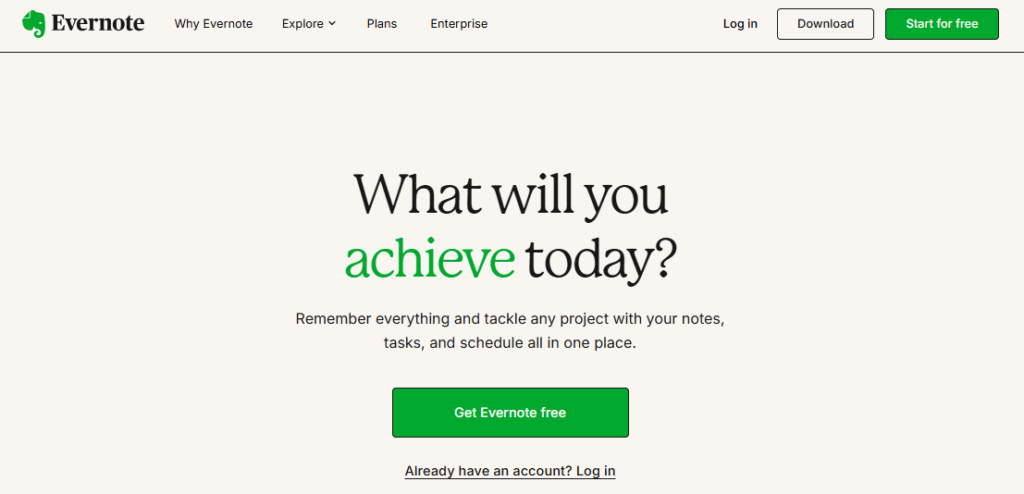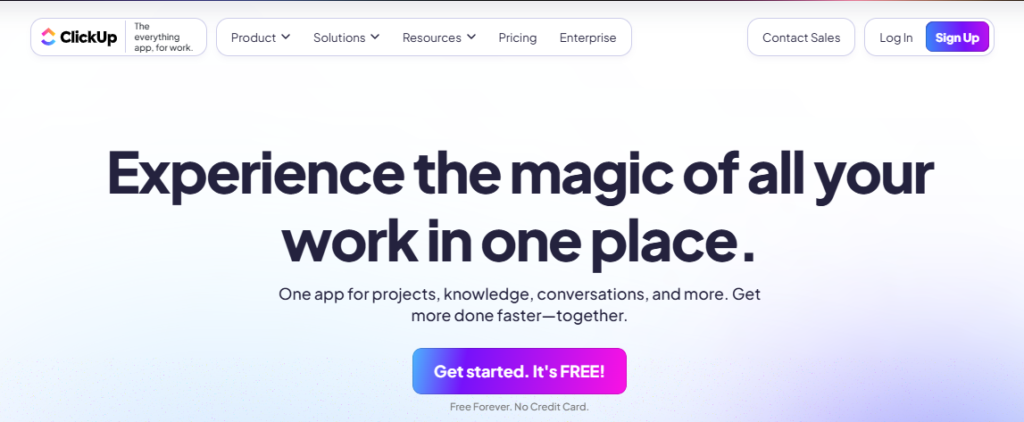For More Free Videos, Subscribe to the Rhodes Brothers YouTube Channel.
“Success is for anyone who dares to define it, plan it, and feel it—before it ever shows up.” — John S. Rhodes, Rhodes Brothers
Let’s be honest—life isn’t getting any easier. The world moves fast, goals feel far away, and most people are overwhelmed by the idea of “saving themselves.” But what if I told you that success—lasting, meaningful, and personal success—is completely attainable?
And not just for the top 1%, or the “lucky few,” but for you.
The secret? It’s not really a secret at all. It’s a repeatable, deeply personal process taught by success legend Napoleon Hill and passed down through voices like John S. Rhodes of the Rhodes Brothers.
“You already are rich. You already have that money in your possession. You already have it.”
— John S. Rhodes
This post will show you exactly how to save yourself using Napoleon Hill’s timeless wisdom, infused with modern strategies and tools. You’ll learn how to:
- Define exactly how much you need to live your dream life
- Decide what you’re ready to give up to grow
- Set a real, urgent deadline
- Build a step-by-step plan
- Take specific daily actions
- Use visualization and emotion as fuel for your results
And best of all, I’ll show you how to feel the success before it even arrives—because that’s the real secret.
Let’s get started.
TL;DR
Here’s what you’ll walk away with from this post:
- Know exactly how much money you need to live your best life
- Discover what to eliminate from your life to create focus
- Set a real deadline to drive your actions
- Build a concrete plan with specific daily steps
- Use mental imagery and emotional intensity to attract success
- Avoid common mistakes that kill momentum
- Learn tools, apps, and checklists to stay on track
- Monetize your focus and passion starting now
How to Save Yourself (Step-by-Step Using Napoleon Hill’s Method)
Success doesn’t come from luck, it comes from clarity, commitment, and consistent action. According to Napoleon Hill—and echoed powerfully by John S. Rhodes of the Rhodes Brothers—saving yourself starts with knowing exactly what you want, what you’re willing to give up, and when you want it. This isn’t just about money—it’s about taking full ownership of your life.
Let’s break it down into practical, actionable steps that anyone can follow.
Step 1: Decide How Much You Really Need
Most people say, “I want a million dollars.” But why?
Napoleon Hill—and echoed by John S. Rhodes—asks the deeper question: How much do you really need?
Pro Tip: Don’t guess. Calculate.
Use this tool:
- SmartAsset Savings Calculator – Plug in your retirement, business, or lifestyle goals.
Break it down:
- Lifestyle: $5,000/month x 12 months = $60,000/year
- Dream Home: $400,000
- Business Startup: $50,000
- Emergency Fund: $30,000
That’s $540,000—not a million. See the difference?
Step 2: Decide What You’re Willing to Give Up
You can’t do it all. Success demands trade-offs.
Ask yourself:
- Are you willing to give up TV for 90 days?
- Can you skip happy hour to work on your side hustle?
- Will you cut ties with toxic people?
Tools to help:

- RescueTime App – Tracks where your time goes
- Freedom App – Blocks distractions across devices
- Notion Habit Tracker Template – Monitor what you’re cutting out
John S. Rhodes put it best: “The more you can give up, the more room you create for intense, outrageous focus.”
Step 3: Set a Deadline
Goals without deadlines are just wishes.
Pick a realistic but urgent date. Write it down. Post it on your fridge. Tell your friends.
Example:
“I will have $100,000 saved by December 31, 2025.”
Step 4: Create a Big Picture Strategy
This is not just about money. It’s about meaning.
Ask yourself:
- What value will I provide to earn this goal?
- What skills do I need to develop?
- What network will I need?
Tools to help:

- MindMeister – Make a strategic mind map
- Trello – Break down your big plan into weekly tasks
- Evernote or Apple Notes – Jot down strategy ideas as they hit you
Step 5: Break It Down into Daily, Weekly, Monthly Actions
Now, get micro.
- Daily: Write 1 blog post
- Weekly: Send 10 sales emails
- Monthly: Launch 1 product or service
Use this checklist:
- One main task per day
- Weekly review every Sunday
- Monthly milestone check-in
- Celebrate small wins
Tool:

- ClickUp – Project management with checklists, timelines, and goals
- Google Calendar – Block time for what matters most
Step 6: Visualize the Success—And Feel It
This is the secret inside the secret.
John S. Rhodes says, “You must feel like you’ve already got it. It’s already here.”
Instead of just imagining a bank account number, feel the joy, relief, and excitement of already having the money.
Close your eyes and ask:
- What does it feel like to be debt-free?
- What does my dream home smell like?
- How proud am I showing my kids I built this?
Actionable Steps for Different Stages of Life
No matter where you are in life, Napoleon Hill’s principles can be tailored to fit your journey. Whether you’re just starting out, juggling multiple responsibilities, or considering a major life shift, there are practical ways to apply these strategies and begin building a future you love.
If you’re a beginner just getting started, start by defining your exact financial goal. Don’t guess—write down the specific dollar amount you need to reach the lifestyle or freedom you want. Then, use free tools like Google Sheets to track your daily habits and progress. Make it a point to visualize your success for at least five minutes every morning—see the money in your account, feel the freedom, and believe it’s already yours. To deepen your mindset, read Think and Grow Rich by Napoleon Hill. It’s a foundational text that has changed millions of lives, and it can do the same for you.
For millennials balancing side hustles and life, efficiency is everything. Use productivity apps like Notion to organize your goals, track your tasks, and keep your strategy front and center. Since time is limited, try batching your deep work on weekends or early mornings when distractions are fewer. And when it comes to money, start automating your savings through apps like Acorns or Qapital—set it and forget it, while staying committed to your bigger vision.
If you’re over 40 and shifting careers or planning for retirement, your experience is your greatest asset. Consider how you can leverage your career wisdom to consult, coach, or mentor others. This can become a rewarding income stream with purpose. Start a content-based side hustle—whether that’s a YouTube channel, blog, or podcast—and use it to share your knowledge and build a personal brand. Finally, take a close look at your finances. Cut unnecessary expenses and refocus your money toward legacy goals—things that matter to you and your family for the long term.
Each stage of life brings unique strengths to the table. The key is aligning your actions with your vision and using the tools and strategies that work best for you.
Common Mistakes to Avoid (and What to Do Instead)
Even with the best intentions, many people sabotage their success before they even get started. The good news? These mistakes are not only common—they’re completely avoidable. The key is awareness and consistent course correction. Let’s break down the most frequent obstacles that derail people on the path to personal growth and financial freedom, and how you can overcome each one with clarity and purpose.
❌ Being Vague About Your Number
Most people throw out arbitrary figures like “I need a million dollars” without any reasoning behind it. The problem? Vagueness kills momentum. If you don’t know exactly how much you need and why, your goal becomes an abstract dream, not a target.
✅ Solution: Take time to get specific. Use budgeting tools like SmartAsset or apps like YNAB (You Need A Budget) to calculate your true needs. Break down your lifestyle, debt, business goals, emergency fund, and future plans. When you know the exact number, your brain shifts from fantasy to strategy—and that’s where real results begin.
❌ Trying to Do Everything
Ambition is great—but trying to juggle too many goals, projects, or commitments at once will dilute your energy and slow you down. This leads to burnout, scattered progress, and unfinished ideas.
✅ Solution: Ruthlessly prioritize. Make a list of everything you could do, then eliminate 80% of it. Focus only on the few things that move the needle. Use the 80/20 rule (Pareto Principle): 20% of your actions drive 80% of your results. Use Notion or Trello to track only the essential activities tied directly to your vision.
❌ No Deadline = No Urgency
Without a deadline, your goal becomes a “someday” dream—easily postponed, endlessly procrastinated. You’ll always have a reason to wait until tomorrow.
✅ Solution: Set a specific, non-negotiable deadline and tie it to your calendar. Better yet, make it visible. Put it on your phone’s lock screen, write it on your bathroom mirror, or set weekly reminders in your Google Calendar. According to a 2024 study by the American Psychological Association, people with time-bound goals are 71% more likely to follow through compared to those with open-ended intentions.
❌ Only Visualizing—Not Feeling
Visualization is powerful, but if you’re only seeing numbers or scenarios in your mind without connecting emotionally, you’re missing the key ingredient. Emotion creates belief. Belief drives action.
✅ Solution: Combine visualization with emotional intensity. Close your eyes, see your bank account filled, but also feel what that freedom brings you—peace, joy, pride, gratitude. Use meditative music, journaling, or guided visualizations to anchor emotion into your routine. Apps like Insight Timer or Calm can help make this a daily habit.
❌ Not Reviewing Your Plan Daily
Even the best-laid plans mean nothing if they’re forgotten or ignored. If you’re not revisiting your goals and strategies every day, distractions will easily take over.
✅ Solution: Build a 5-minute daily review into your morning routine. This could be reading your goal statement out loud, checking your task list, or journaling about your progress. Keep it simple and consistent. This anchors your intention and keeps your focus razor-sharp. Use a whiteboard, a sticky note on your mirror, or a personal dashboard in Notion as a visual reminder of your mission.
Frequently Asked Questions
How do I get started with saving myself?
Start by defining your goal in terms of dollars, time, and emotion. Then build a daily plan.
What if I don’t know what I want?
Spend time journaling, meditating, or walking. Clarity comes from stillness.
How long will this take?
That depends on your goal. But momentum builds quickly when you focus daily.
What if I fail?
Failure is feedback. Adjust your plan, never your purpose.
Do I need to quit my job?
Not necessarily. Many people achieve their goals on the side first.
How do I stay motivated?
Use emotional visualization and track your progress visually.
What tools should I use?
Notion, ClickUp, RescueTime, Freedom, Google Calendar, and a journal.
Can I do this with a family and kids?
Yes, but communicate clearly with them. Make it a shared vision.
What’s the biggest challenge?
Consistency. That’s why daily habits and reviews are essential.
Should I share my goal with others?
Yes—accountability multiplies success. Tell friends or post it online.
Your Future Is Already Yours
You’ve just uncovered the exact step-by-step system to save yourself and create your own success—straight from Napoleon Hill and brought to life by John S. Rhodes and the Rhodes Brothers.
Remember:
- Know your number
- Cut what doesn’t matter
- Set your deadline
- Build your plan
- Take the next step
- Feel the success like it’s already here
Start today. Write down your goal, your date, and your first step. That’s it. You’re already on your way.
Thanks for reading this powerful guide. Be sure to check out and subscribe to the Rhodes Brothers YouTube Channel for more training, mindset shifts, and real success strategies.
Resource List
Books
- Think and Grow Rich by Napoleon Hill
- Atomic Habits by James Clear
- The Slight Edge by Jeff Olson
- The One Thing by Gary Keller
Courses & Podcasts
Tools & Apps
- Notion – For habit tracking and planning
- ClickUp – Project management and daily actions
- RescueTime – Time tracking for productivity
- Acorns – Automated investing
- Qapital – Goal-based savings
- MindMeister – Create mind maps for strategy
- Google Calendar – Time blocking and scheduling
- Evernote – Capture ideas and reflections
- Trello – Visual task management



